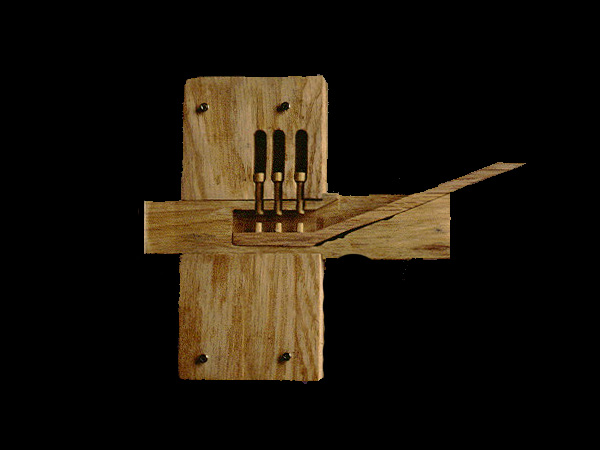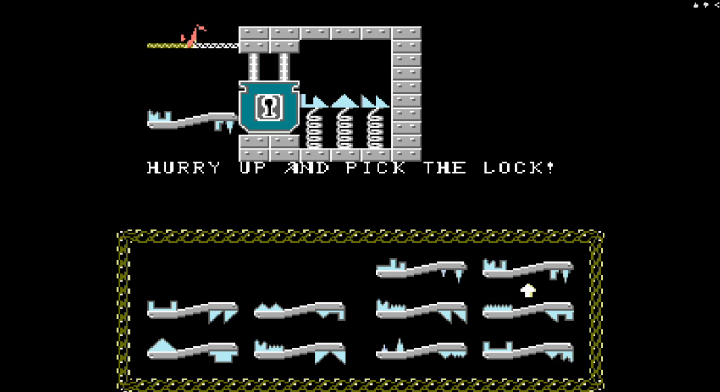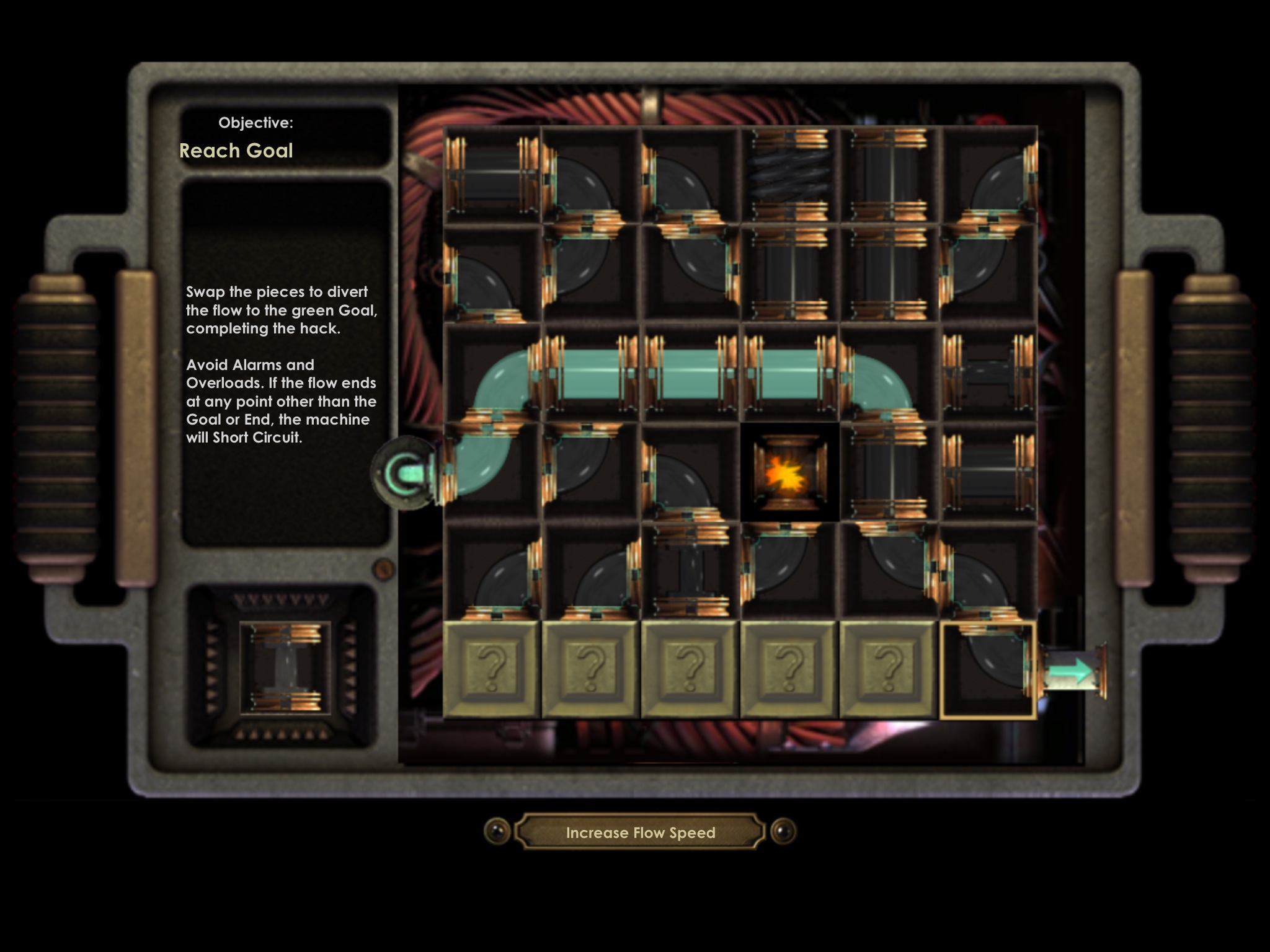For as long as the human race has had possessions, somebody has tried to steal them. When doors and latches were invented, so was the lock. It wasn’t just about protecting ourselves while we slept anymore: there needed to be a way to secure our treasures while we were out for the day.
Originally, ancient citizens would learn or invent complicated knots to secure a rope around their belongings. This was only to detect if one of their neighbors was stealing from them, not to actually safeguard their things.
During Ancient Egyptian times, the single pin lock was invented. This is an impressive feat, as it is still the base for the majority of locks we use today. During the Industrial Revolution, mankind made several more advances in lock manufacturing, but it’s interesting to note that our standard padlocks aren’t very different than what our ancestors used 5,000 years ago.

But just as we need locks in real life to secure our belongings and safeguard our homes, so too do we need them as players — especially in RPGs.
So how does all of this translate to our favorite role-playing games? In a similar fashion to our real-world ancestors, devs started simple, had a big breakthrough, did some fine-tuning to the systems involved and then haven’t really bothered doing much else since. It is truly a shame (considering how much the RPG genre relies on puzzles) that there hasn’t been more progress with how loot is locked up.
With the early addition of puzzles in RPGs, stats-based lock picking was introduced. This was a simple click-and-wait mechanic. If your skill was high enough, the lock would open. Training up your skill was really the only requirement, and RPGs with fewer resources or technical limitations (like WoW, for example) still use this method today.
Then developers began to implement something called “the minigame,” and lock picking in video games started to look like what we see today. This gave game developers and designers an opportunity to combine a player’s RPG stats with a timed puzzle, making an old mechanic fresh and new.
An early (and excellent) example of this advancement was an RPG called Hillsfar. The minigame in question is actually quite a lot of fun — the player picks up lock picks throughout the game, must match several to each lock within the time limit, and if they do it incorrectly, their pick breaks. The system was genius, as it combined hours of collecting locks and fast-paced decisions with tangible consequences.
Hillsfar was released in 1989. In the video game world, this is the equivalent to Ancient Egypt. As you can see, there have been no huge innovations since our first lock-picking mini-games — in realism or complexity. They even remain in 2D, which severely limits their capabilities.
However, they have been graphically enhanced and re-imagined. The Elder Scrolls series has polished traditional lock-picking mini-games to a gleam. RPGs like Bioshock, Risen 2, and Mass Effect took their lock picking in completely different directions. For example, Bioshock features a strange liquid/tube puzzle to crack open the loots and the Risen series is all about the order in which the player sticks the pins.
While some of these systems eventually get repetitive, they are great examples of developers making a genuine effort at making something fairly easy for the player to decipher a little more complex.
Mass Effect is a good example of lock hacking. As we’re on the cusp of switching completely to digital locks in the real world, it’s an easy assumption that video game locks will follow suit. “Hacking” provides a multitude of opportunities to improve how video game players break in — or keep NPCs out.
So How Can Lock Picking in Video Games Innovate?
Whether they are digital or mechanical, it would be nice to see a few innovations in the way lock-picking mini-games are presented in our upcoming RPGs. Focusing on tension and movement — rather than time limits and breaking picks — would be a nice way to refocus the increasingly tired gameplay of these minigames. This could be best pulled off in a 3D environment, veering away from the typical 2D mini-game, killing two birds with one stone.
If a developer lacks the funds to do anything groundbreaking mechanically, take note from the solution for the same problem in the medieval times. There weren’t a lot of resources to create pin/tumbler locks, so most lock designs were ward locks.
Ward locks can be opened with a decent skeleton key, so medieval engineers would hide locks in intricate tapestry and stone work. They would also create several dummy keyholes, to keep the thief occupied until they were (hopefully) discovered (and arrested).
Think about how that would revitalize the locking systems (and picking systems) in modern RPGs. At the very least, adding this concept in with other familiar systems of locking and unlocking in-game loot and items would make gameplay that much more interesting, enganging, and varied.
Medieval Skeleton Key
—
Whether you’re questing for it, stealing it, or keeping it safe, loot is a primary motivator in many modern RPGs. And while it might be more glamorous to focus on mobs and bosses as an obstacle between the player and their precious treasure, developers would be remiss to stop developing more creative and intuitive locks in all aspects of their game’s world — not just in puzzles.
Pulling from our own history, humans have always been clever with how they safeguard their things. And while the mechanisms themselves haven’t dramatically evolved since ancient times, the ways humans use and implement locking systems and lock-picking methods has seen varied use throughout time.
There are plenty of opportunities for video games, especially RPGs, to draw from this creativity and implementation.
What’s your favorite lockpicking system? What improvements do you think developers should implement to make breaking and entering more fun for the player? Let us know in the comments below!









Published: Jan 20, 2017 07:24 am